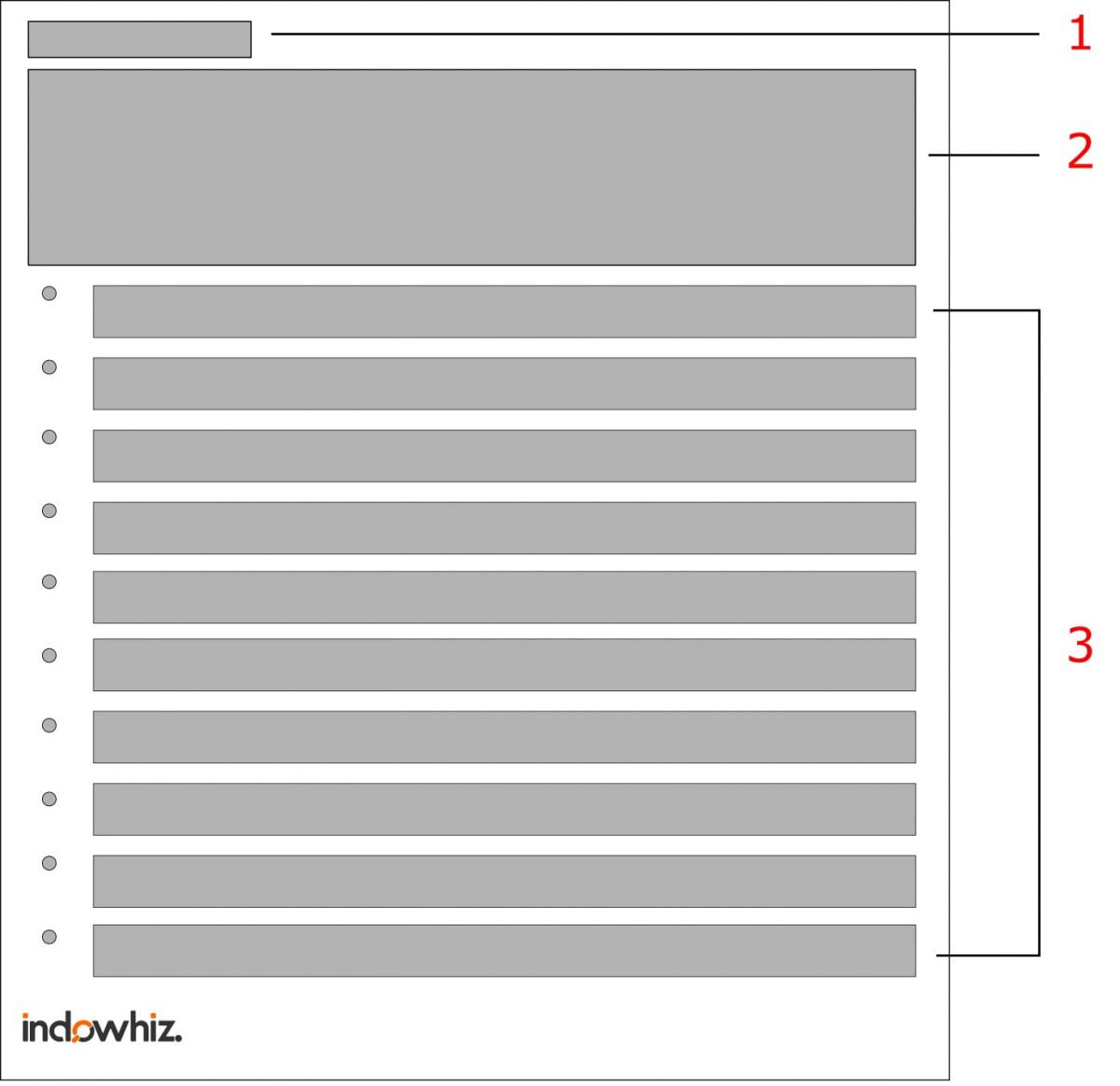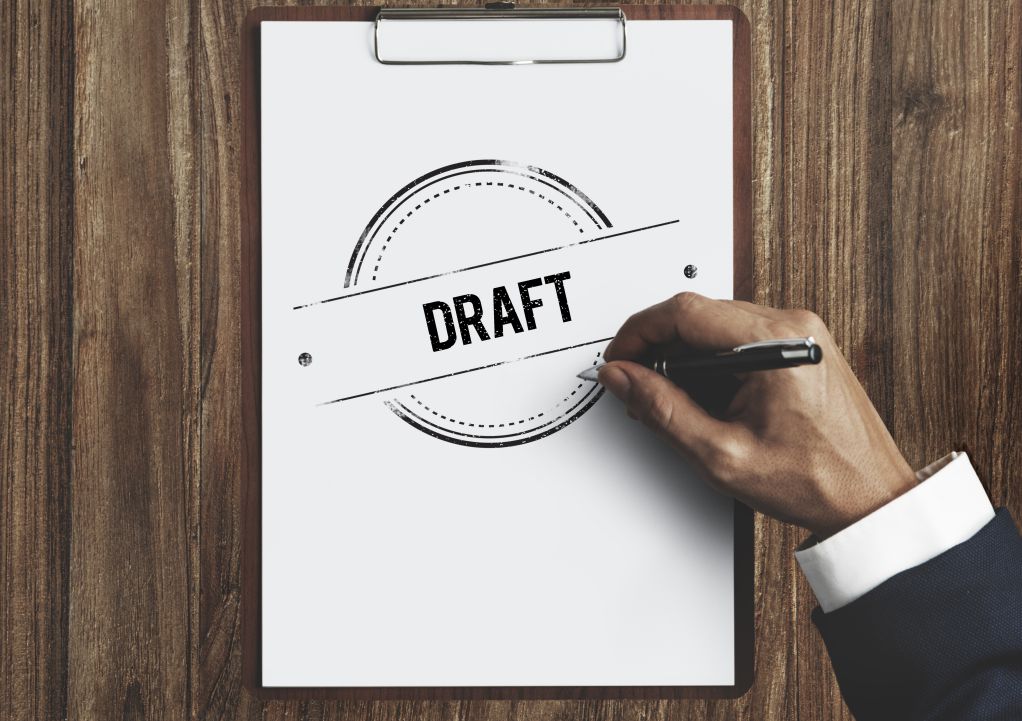Last Updated on September 30, 2022
Submitting an article to a high-quality journal is not an easy task. There are various checks and reviews by the editors and reviewers. As a result, the editor-in-chief will decide on each submitted article by considering reviewers’ comments. Commonly, the decision will be [1]:
- Returned without review / Recommend transfer to another journal,
- Accepted in its present form,
- Major/minor revision,
- Revise and resubmit, or
- Rejected.
In the case of point 1, mostly it is because the submitted article does not fall within the aims and scope of the journal [2]. The journal editor may directly reject or return the submitted article within several days. Also, they may suggest that we submit it to another journal. You can also read our article that explains how to find a suitable journal for our article. Meanwhile, the submitted article may be going through the review process. Then, the editor’s decision may include the reviewer’s comments.
A. Accepting the decision
The goal of publishing a journal article is to provide clear and accessible work to all readers. The peer-review process is one of the filters to improve the quality of an article. So that the published article will be easy to understand and actionable. Commonly, the reviewer may fail to understand something in the first version of the submitted article. In this case, most of the fault lies with the authors [3]. This is because the explanation is unclear or the reviewer may miss it. Although the reviewer may not be an expert in that field, keep in mind that it may represent many readers of that journal. As a result, the reviewer may give comments or ask us to provide more explanation
Accordingly, when the article has been returned, it may include the editor’s decision and the reviewer’s comments. Then, we need to stay calm and carefully read all the comments. It is better if all authors read the comments together. Hereinafter, we could start making a plan to respond to every detail in the comments.
B. Responding to reviewer comments
Commonly, the reviewer’s comments could be separated into minor and major comments. In that case, we could deal with minor comments before dealing with major comments. Finally, a detailed response for every comment could be written in the response letter. Things that we must pay attention to when responding to reviewer comments are as follows [4].
Be polite
Many reviewers of the journal review the article to maintain its quality, for free. Even though they are busy, they need to spend their time reviewing the article. Commonly, it may be hard to be done in just 1 or 2 days. Therefore, we need to make a good impression, whether we agree or disagree with the reviewer’s comments. Keep in mind that we should never use any harsh language.
Be thorough
Comments from reviewers are not meaningless words. It is something that might help improve the quality of the article. Sometimes they might find flaws in our article. Some other times, they may give suggestions, insight, or implications from a different point of view. Therefore, we need to address EVERY single comment of the reviewers.
Answer with evidence
When we address or answer each comment, we need to provide evidence to support our claims. Especially, when we express disagreement. In this case, we may add more data and/or information to our article.
C. Specific scenarios
There may be specific scenarios that occur in the reviewer comments as followings [6].
Two reviewers contradicted
There are times when two reviewers contradicted each other. It may be caused by different points of view even on the same subject, and it may not be explained clearly by both reviewers. For example, a reviewer wants to remove a piece of information about a subject that he/she may think is unnecessary. Whereas, another reviewer may want a more detailed explanation about the same subject. Therefore, we need to seek information from several references to understand the situation. Meanwhile, if possible, you can also take the merit of the comments from both reviewers. Then, if we need some advice, we can ask the editor. However, keep in mind, never use that as an opportunity to play a reviewer off against the others.
The reviewer is wrong
Each reviewer has their areas of interest and point of view. It means that sometimes he/she may have a different point of view, or sometimes doesn’t have a clue about our statements or claims. In that case, be polite and respect his/her comment. At first, don’t presume that he/she is wrong. It could be us who are wrong. We need to find more references to support the situation. Then, if we think that he/she is wrong, don’t agree with him/her. Provide more detailed information and evidence to show that we disagree with him/her. Then, we may ask the editor to judge the result.
Comments you don’t understand
Sometimes a reviewer may be an expert on one of the subjects in our article. He/she may give comments or even insights, which we may not understand at all. Again, we need to find more references to understand the situation. But, because we can’t contact the reviewer directly, we can answer as we can with any references we can find. In the end, we can ask the editor, so that the reviewer could explain clearly what he/she is talking about.
Rude reviewers
We may find that one of the reviewers may show rudeness in their comments, or violate reviewer ethics. In that case, we may contact the editor to discuss this issue.
D. Writing a response letter
The response letter is one of the documents you may need to submit along with your article revision.
Structure of reviewer’s comments
Before writing the response letter, we need to read all of the comments in the editor’s decision letter. Commonly, the comments structure of each reviewer could be seen in Fig. 1.
- The reviewer ID (e.g. “Reviewer #1”).
- General remarks (optional). Usually, this is the summary of the reviewer’s comments, and what they think of our article (good, moderate, or needs major revision). This section may not be available in some journals.
- The details of the reviewer comments. In this section, the reviewer will comment on anything that may be lacking from our article. It can also be some insights that might add value to our article.

Structure of response letter
A response letter should be written to address each comment the reviewers made. Commonly, the structure of the response letter could be seen in Fig. 2.
- Document name (e.g. “The Responses to the Reviewer’s Comments”)
- Manuscript metadata (e.g. the title and ID of the article).
- Reviewer ID (e.g. “Response to reviewer #1”)
- General remark from a reviewer (if available). If there is a general remark written in the reviewer’s comment, we just need to copy and paste it here.
- Response to the general remark of a reviewer (if available).
- The detailed reviewer comments, followed by the authors’ response for each comment.

Based on Fig 2, points 3 to 6 are addressed to each reviewer. Therefore, if there are 2 reviewers, then you need to address each reviewer with the structure like in points 3 to 6. In rare cases, the editor-in-chief may also give comments, that you also need to respond to. The general rules are as follows [5]:
- The responses to reviewers (also to the editor) should be addressed after each comment.
- Distinguish our responses from the reviewers’ comments. We could add phrases such as “Author response:” and use different font colors.
- Explain clearly the change made and at which locations. For example, after explaining something, you add a sentence such as “Therefore we have made some changes on Page 3 starting at Line 12.” If you use Microsoft Word, you can read our article on how to add line numbers.
- We need to highlight any changes in the revised manuscript (e.g. using red font color). Then we also need to explain and highlight it in the response letter.
- We may disagree with one of the suggested changes. In this case, we need to provide an acceptable reason for the disagreement.
Several examples of the response letter could be seen on apa.org and editage.
E. Resubmit or go elsewhere
In case your article is rejected, check the comments from the editor. If our article is rejected because it does not fall within the aims and scope of the journal, we can submit it to another journal. You can also read our article that explains how to find a suitable journal for our article. In some cases, the editor may reject our article and include some comments from the reviewers. Then, we need to take those comments as the basis to revise our article. After that, we may resubmit the revised version of the article to the same journal, or submit that revised version to another journal. Keep in mind, NEVER submit an article to several journals at the same time (double submission).
References
- [1]K. Majumder, “Editorial decision-making: what are the possible outcomes for a manuscript?,” Editage Insights, Sep. 29, 2014. https://www.editage.com/insights/editorial-decision-making-what-are-the-possible-outcomes-for-a-manuscript (accessed Sep. 12, 2021).
- [2]P. F. E. Adipraja, “Find Potential Target Journals for Publication,” Indowhiz, Jul. 12, 2021. https://www.indowhiz.com/articles/en/find-journals-for-publication/ (accessed Sep. 12, 2021).
- [3]W. S. Noble, “Ten simple rules for writing a response to reviewers,” PLOS Computational Biology. Public Library of Science (PLoS), p. e1005730, Oct. 12, 2017. doi: 10.1371/journal.pcbi.1005730.
- [4]H. C. Williams, “How to reply to referees’ comments when submitting manuscripts for publication,” Journal of the American Academy of Dermatology. Elsevier BV, pp. 79–83, Jul. 2004. doi: 10.1016/j.jaad.2004.01.049.
- [5]APA, “Response to Reviewers,” American Psychological Association, Sep. 2019. https://apastyle.apa.org/style-grammar-guidelines/research-publication/response-reviewers (accessed Jun. 02, 2022).
- [6]P. Cumine, “How to respond to reviewers’ comments,” Elsevier: Researcher Academy, 2018. https://researcheracademy.elsevier.com/navigating-peer-review/going-peer-review/respond-reviewers-comments (accessed Sep. 12, 2021).
Cover image by tirachardz in freepik



